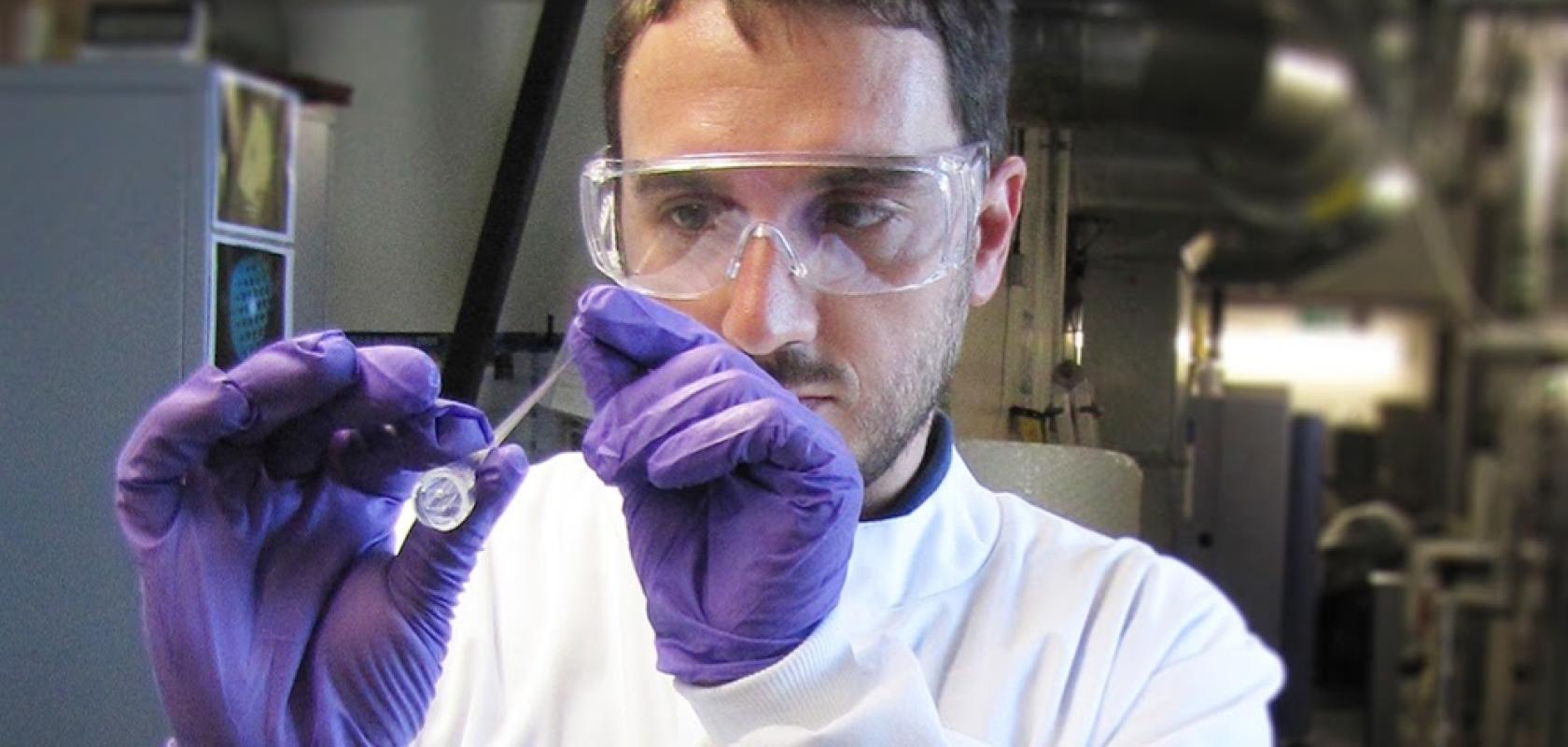Researchers at the Zepler Institute for Photonics and Nanoelectronics at the University of Southampton have demonstrated significantly improved hollow-core fibre performance. They believe this is the next step on this technology’s path to eclipsing current optical fibres. The latest findings were presented recently in San Diego at the annual OFC conference and exhibition.
Hollow-core fibres use gas or a vacuum in favour of traditional cores to enable properties such as faster light speed and reduced sensitivity to environmental variations. The technology is being advanced in the Zepler Institute's Optoelectronics Research Centre (ORC). It is believed able to reach lower loss and higher data transmission capacity than all-solid glass fibres, with current research accelerating models toward this peak performance.
The newest hollow-core fibres attenuate the light traveling through it by 50 per cent less than the previous record, said the researchers. Said previous record was reported just six months ago. The maximum transmission length at which data can be relayed in such revolutionary fibres has also doubled.
Thanks to a new, design proposed at the ORC, in the space of 18 months the attenuation in data-transmitting hollow-core fibres has been reduced by more than a factor of 10, from 3.5dB/km to only 0.28dB/km within a factor of two of the attenuation of conventional all-glass fibre technology. At the same time, the maximum transmission distance at which large bandwidth data streams can be transmitted through an air-core has been improved by more than 10 times, from 75 to 750km.
Professor Francesco Poletti, head of the ORC's hollow core fibre group, explained: ‘Transmitting light in an air core rather than a glass core presents many advantages which could revolutionise optical communications as we know them. These latest results further reduce the performance gap between hollow core fibre and mainstream optical fibre technology, and the whole team is really excited by the prospect of the additional significant improvements that seem possible, according to modelling.’
The improvements in attenuation and transmission distance demonstrated could open up the possibility to target longer reach distances, edging close to the 1,000km span of typical long distance long haul terrestrial data transmission links. The Southampton research team is also pushing the boundaries of hollow-core performance in a number of major research programmes, such as the European Research Council funded LightPipe and the Engineering and Physical Sciences Research Council (EPSRC) funded Airguide Photonics.


